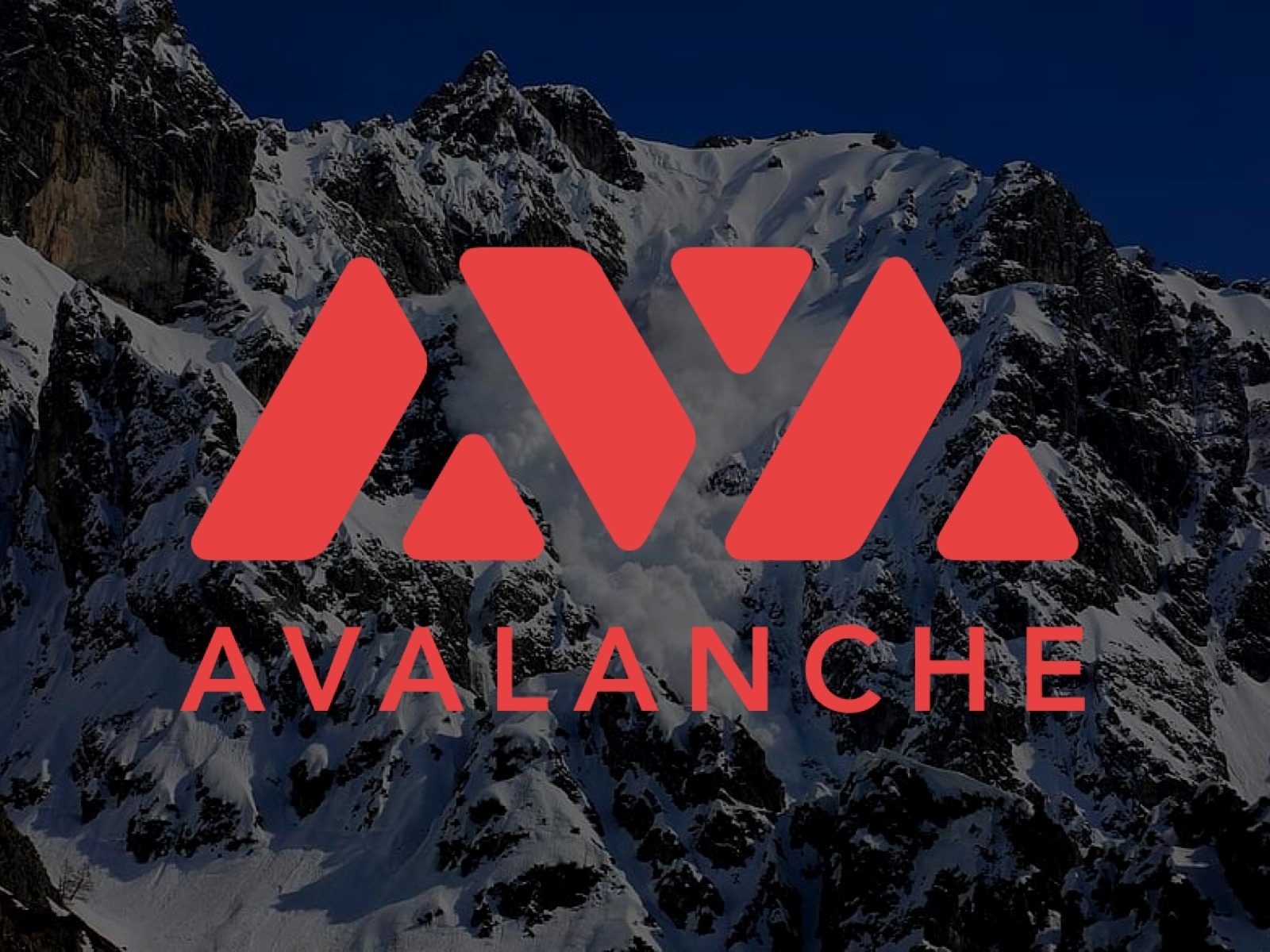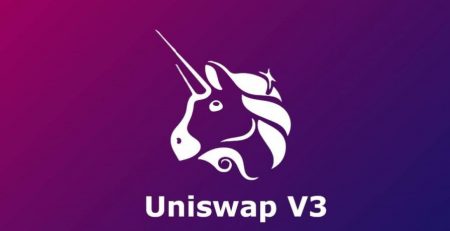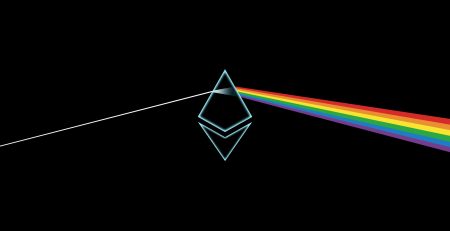Avalanche got into a bug; A sharp fall in prices
Avalanche got into a bug; A sharp fall in prices The blockchain, known as one of Ethereum’s fiercest competitors, recently had a problem with its code and has been malfunctioning for some time. After this incident, the price of Avalanche also experienced a sharp decline.
The Avalanche blockchain, known as one of Ethereum’s fiercest competitors, recently had a problem with its code and has been malfunctioning for some time. After this incident, the price of Avalanche also experienced a sharp decline.
According to Kevin Desk, an engineer at Ava Labs, the backbone of China Olanch blockchain, reported a small bug in the blockchain code that could severely paralyze the Olanch blockchain.
Patrick O’Grady, one of the engineers on the blockchain support team, wrote in a post on Medium that the increase in network density caused a “non-Deterministic bug” that China-based blockchain has proven to be a problem with high throughput.
O’Grady noted that the assets of the blockchain have never been in jeopardy; However, this newsworthy mistake has taught the blockchain industry a valuable lesson.
Blockchain was launched in September 2020, claiming the ability to process 4,500 transactions per second. Many leading companies in the field of digital currencies, including Galaxy Digital, led by leading investor, Mike Novogratz, Bitmain, and Initialized Capital Management, from These blockchains are supported. The blockchain also has academic support and endorsement; It was designed by Emin Gün Sirer, a professor of computer science at Cornell University in the United States.
The Avalanche Blockchain is typically a group of so-called “Ethereum killers” that are designed to solve the constant problem of scalability in the Ethereum network, the world’s second-largest blockchain. Although Avalanche initially wanted to gain market share in Ethereum, it ended up on the list of ways to complement and connect to the network, not on its list of tough competitors.
The Avalanche blockchain consists of three default chains, including the “contract chain” that supports the Ethereum virtual machine and the Solidity coding language. Part of last week’s controversy was related to the chain.
The problem that arose in the Avalanche China block is detailed. However, it can be briefly explained that the three Avalanche chains work separately from each other in order to strengthen their operational capacity and process transactions. Each of these chains processes a specific range of transaction types until one asset enters another chain. After the launch of a new decentralized money market called Pangolin, the process came under increasing pressure.

An unusual increase in the number of users and the volume of transactions led to an unusual increase in the number of blocks waiting in the processing queue. According to O’Grady, this created a bug that led to invalid transactions in various chains of the blockchain. This led some network validators to accept some invalid transactions, while the rest of the network did not accept these transactions, which eventually disrupted the contract chain.
According to O’Grady, it is important that there is no double-spending problem for the network. He went on to write:
The bug did not adversely affect routine transactions, the transfer of coins and assets, the destruction of coins or smart contracts on the network. Avalanche has never allowed any user to send the same assets to two recipients.
This problem was explained only a few hours after creation; But it was much harder to fix. Due to the decentralized nature of the oolong, it was impossible to access all network nodes to unify them and reprocess the problematic transactions.
In contrast, according to O’Grady, this problem was fixed with a minor upgrade, just as any other software is updated.
Blockchain is a sophisticated technology made by humans, but implemented by machines. An issue that is so small that it can be ignored during the initial test can get bigger and bigger like a rolling snowball as the net grows and expands. The recent problem with the China Avalanche block did not destroy the network; However, it challenged some of the network’s ambitious claims about the network’s high processing power and throughput before its launch.
On February 11, when the problem arose, AVAX, the token of the Avalanche blockchain, was trading at $ 53; Currently, the value of this token has dropped to $ 39
Avalanche got into a bug; A sharp fall in prices














Leave a Reply